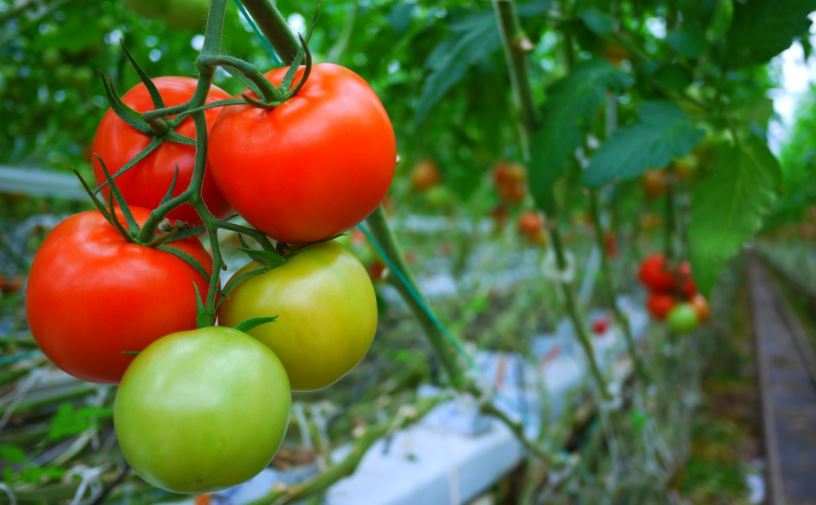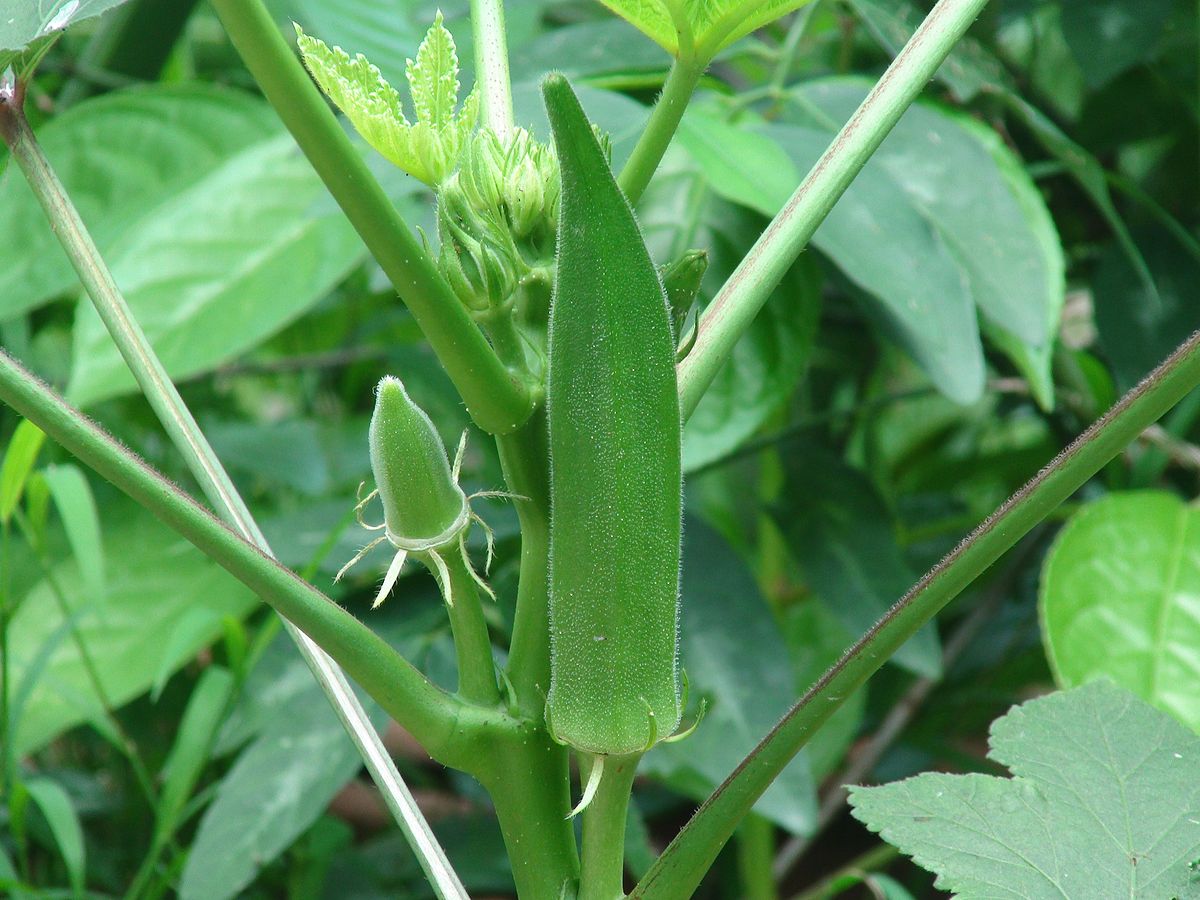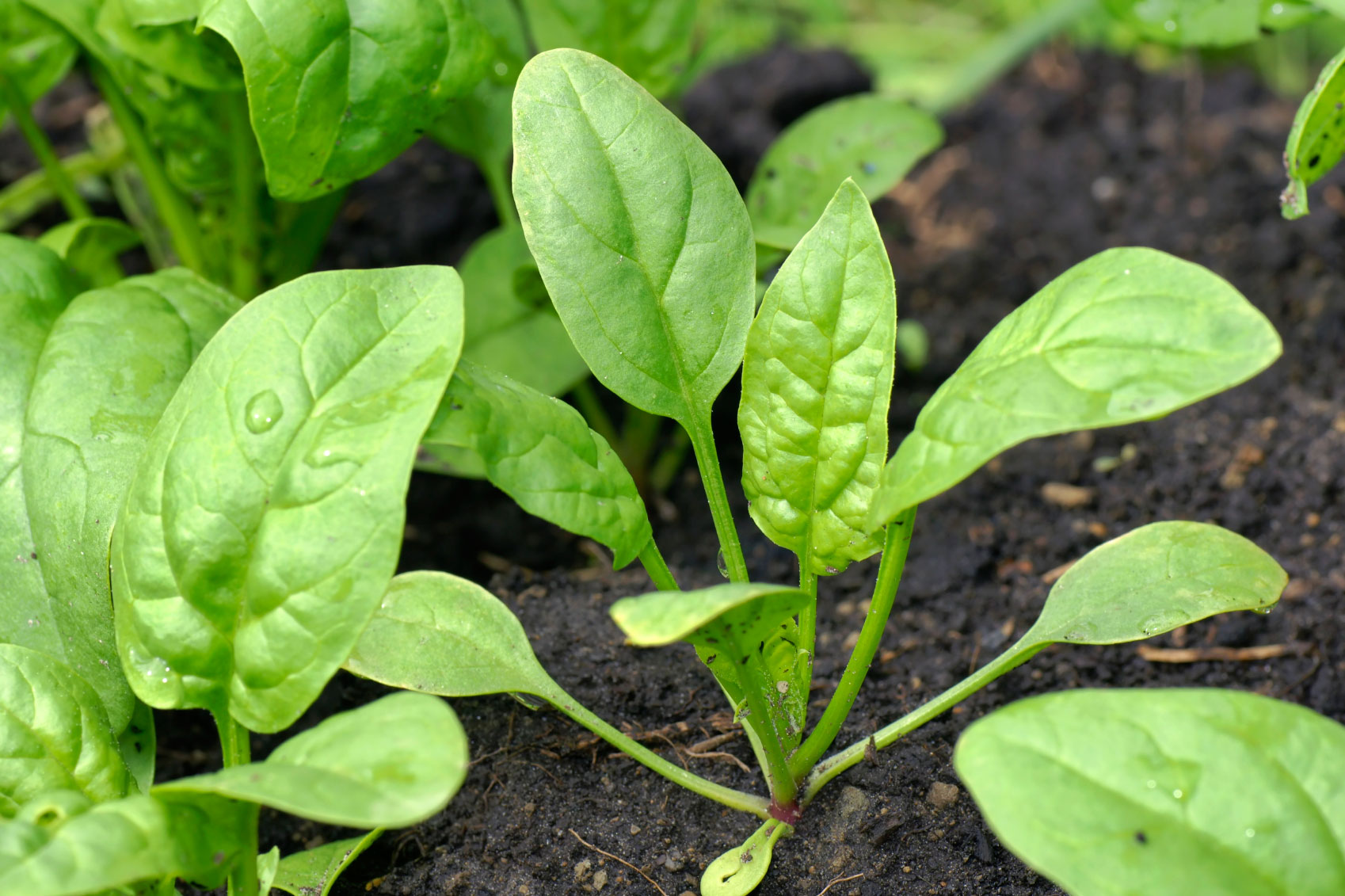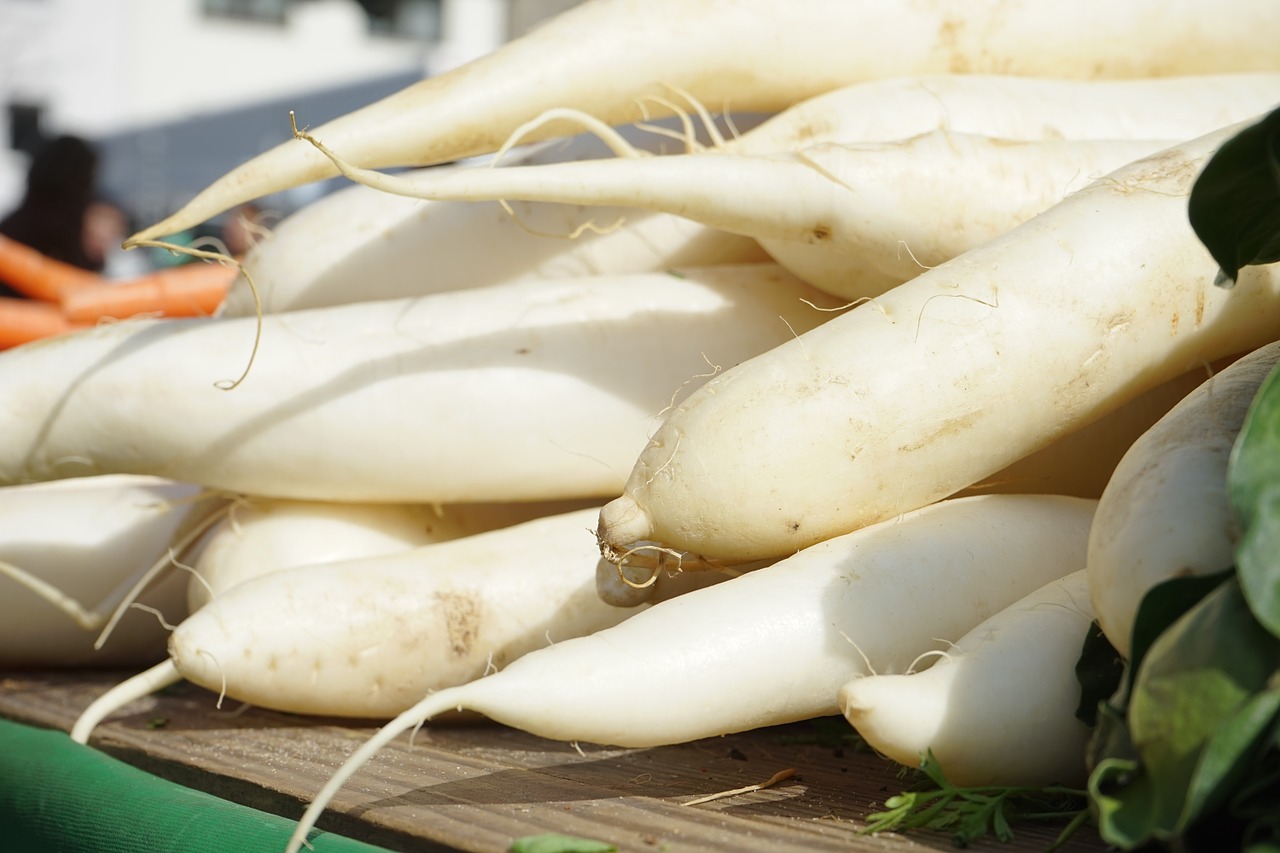A summer garden can produce and healthy vegetables for your family to enjoy delicious taste of fresh veggies. Growing vegetables from seeds may take little effort, if you are starting very first time. If you missed the spring planting time, it’s not late to get started. Many vegetables have very short growing times and can be harvested with in few weeks.
[blockquote align=”none” author=”B.C. Forbes”]It is only the farmer who faithfully plants seeds in the Spring, who reaps a harvest in the Autumn.[/blockquote]
People want to grow plants from seed is because they can choose from a wide variety of plants in seed catalogs. Growing plants from seeds is also often cheaper than buying them. Vegetable seeds are good choices for first time growers.
8 Steps, from Seed to Garden:
1. Selection Of Seeds : Seeds are available from many sources, ranging from your local building supply store to garden centers and online garden store. Planting and care information is often more complete on name-brand seed packets. The percentage of germination and seed purity is higher.
Many companies sell different sizes of seed packets, from mini-packs of as few as ten seeds to seeds. The fresher the seed, the greater the chances that all the seeds will still be viable. Fewer and fewer seeds from a packet will germinate as time passes. Leftover seeds can be saved for the next year, however. As soon as you’re done planting, store seed packets in an air-tight container in a cool place: the refrigerator is ideal. To keep the humidity low in the container, add a packet of silica gel. Order seeds well in advance of when you need to plant them, but only after you have figured out the size of your garden and how much seed you need.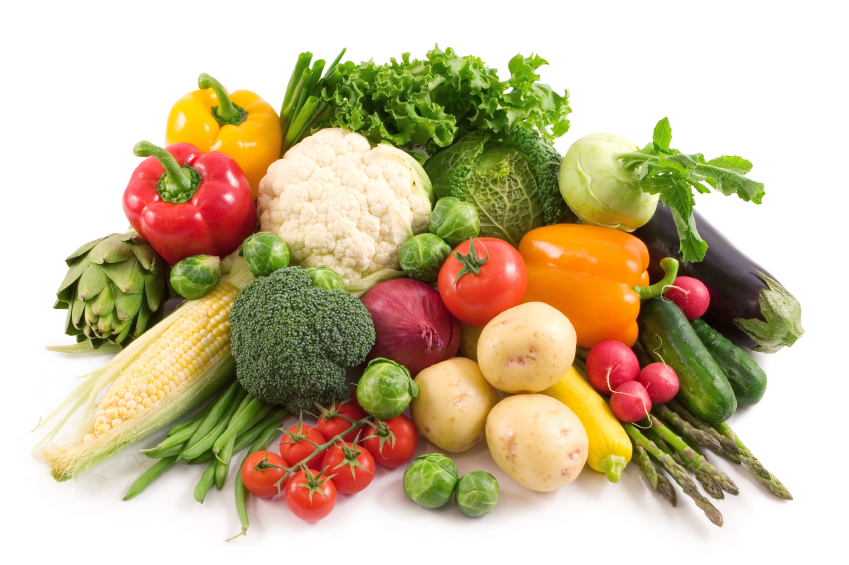 Buy Summer Vegetable Seeds >>
Buy Summer Vegetable Seeds >>
2. Find the right Germination Tray (Seedlings Tray): You can start seeds in almost any type of container, as long as it’s at least 2-3 inches ” deep and has some drainage holes. prefer the convenience of trays that are made especially for seed starting. It’s easy to fill the trays, the watering system ensures consistent moisture and easily movable. Small individual plastic pots are also suitable. All seed starting containers must have drainage holes at the bottom. Most Germination or Seedlings are reusable, you can utilize 2-3 times.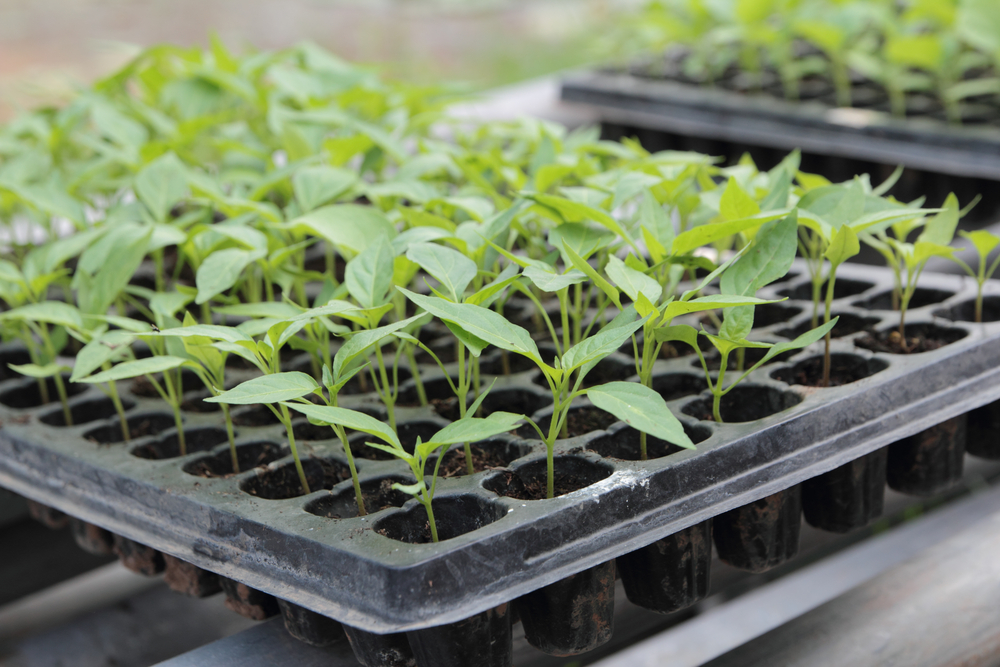 Buy Germination Tray(Seedlings Tray) >>
Buy Germination Tray(Seedlings Tray) >>
3. Seed Starting Mixture: Commercial seed-starting mixes, usually composed of vermiculite and peat, without any true soil, are recommended for starting seeds. Making your own is simple, and much cheaper than buying it from a store. Just mix together equal amounts of perlite, vermiculite, and coir (or peat moss). They’re sterile, lightweight and free from weed seeds, with a texture and porosity especially suited to the needs of germinating seeds and tiny seedlings. fill tray with potting mix, and water the mix before sowing seeds. The potting mix will settle down into the containers, sometimes dramatically so. Add more potting mix and water again, until the containers or cells are nearly full. Buy Seed Starting Mixture >>
Buy Seed Starting Mixture >>
4. Sowing Seeds: Check the seed packet to see how deep you should plant your seeds. Some of the small ones can be sprinkled right on the soil surface. sow two seeds per cell. If both seeds germinate, snip one and let the other grow. It’s helpful to make a couple divots in each pot to accommodate the seeds. After you’ve dropped a seed in each divot, you can go back and cover the seeds. Moisten the newly planted seeds with a mister or a small watering can. To speed germination, cover the pots with plastic wrap or a plastic dome that fits over the germination tray. This helps keep the seeds moist before they germinate. When you see the first signs of green, remove the cover. 5. Cover containers: Cover seedlings trays with plastic wrap or place them inside a plastic bag. The idea behind covering the container is to keep moisture levels constant. Seeds are very sensitive to the amount of water they receive. Too much water or too little water will greatly effect your success rate. Remove the cover once the seeds have germinated to prevent plant diseases such as damping off.
5. Cover containers: Cover seedlings trays with plastic wrap or place them inside a plastic bag. The idea behind covering the container is to keep moisture levels constant. Seeds are very sensitive to the amount of water they receive. Too much water or too little water will greatly effect your success rate. Remove the cover once the seeds have germinated to prevent plant diseases such as damping off.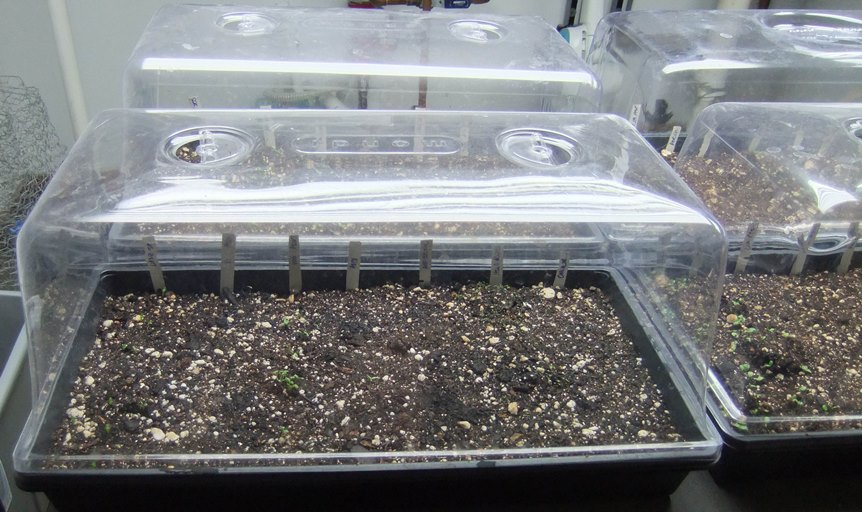 6. Light, Location & Heat: Place seeded container in a warm location for germination. Generally, a range from 65 to 75 degrees F is best. A few plants such as larkspur, snapdragon, sweet pea, cabbage, broccoli and cauliflower are best started at about 55 degrees F. Do not place covered containers in direct sunlight. Seedlings need a lot of light. If you’re growing in a window, choose a south-facing exposure. Rotate the pots regularly to keep plants from leaning into the light. Keep in mind that seedlings need darkness, too, so they can rest. As the seedlings grow taller, raise the lights. Providing a constant heat can be very beneficial to seedlings. Seeds of most plants started indoors germinate sooner and produce healthier roots when the potting mix is warm, and bottom heat can help to prevent “damping off”. “Damping off” is the death of tiny seedlings.
6. Light, Location & Heat: Place seeded container in a warm location for germination. Generally, a range from 65 to 75 degrees F is best. A few plants such as larkspur, snapdragon, sweet pea, cabbage, broccoli and cauliflower are best started at about 55 degrees F. Do not place covered containers in direct sunlight. Seedlings need a lot of light. If you’re growing in a window, choose a south-facing exposure. Rotate the pots regularly to keep plants from leaning into the light. Keep in mind that seedlings need darkness, too, so they can rest. As the seedlings grow taller, raise the lights. Providing a constant heat can be very beneficial to seedlings. Seeds of most plants started indoors germinate sooner and produce healthier roots when the potting mix is warm, and bottom heat can help to prevent “damping off”. “Damping off” is the death of tiny seedlings.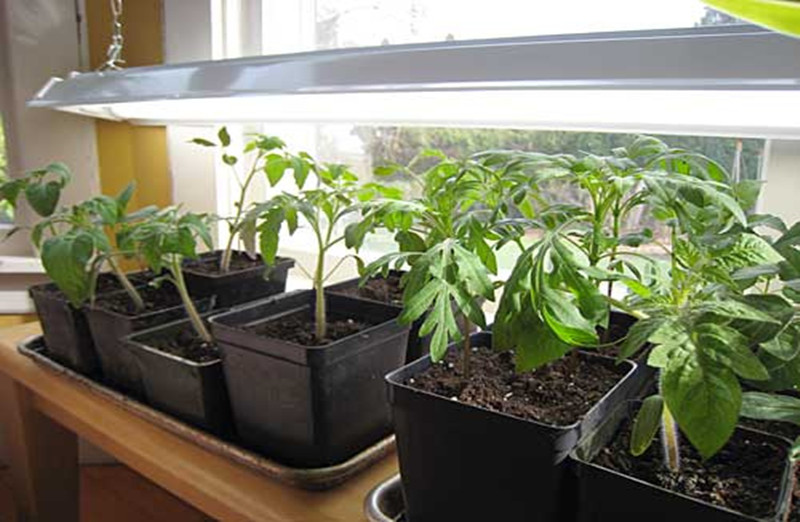 7. Watering and fertilizing: Keep the potting mix moist while the seeds are germinating. A spray bottle to water the surface gently without washing the potting mix out of the containers may be useful, or water can be added to the tray and allowed to move up into the mix. In either method, drain excess water that remains or accumulates in the tray, to keep roots healthy. Seedling don’t need fertilizer until they have several leaves. Check moisture levels every day. If the mix looks dry, place the container in a container of water. Tray will absorb water from the base of the container. This is less risky than watering from above.
7. Watering and fertilizing: Keep the potting mix moist while the seeds are germinating. A spray bottle to water the surface gently without washing the potting mix out of the containers may be useful, or water can be added to the tray and allowed to move up into the mix. In either method, drain excess water that remains or accumulates in the tray, to keep roots healthy. Seedling don’t need fertilizer until they have several leaves. Check moisture levels every day. If the mix looks dry, place the container in a container of water. Tray will absorb water from the base of the container. This is less risky than watering from above.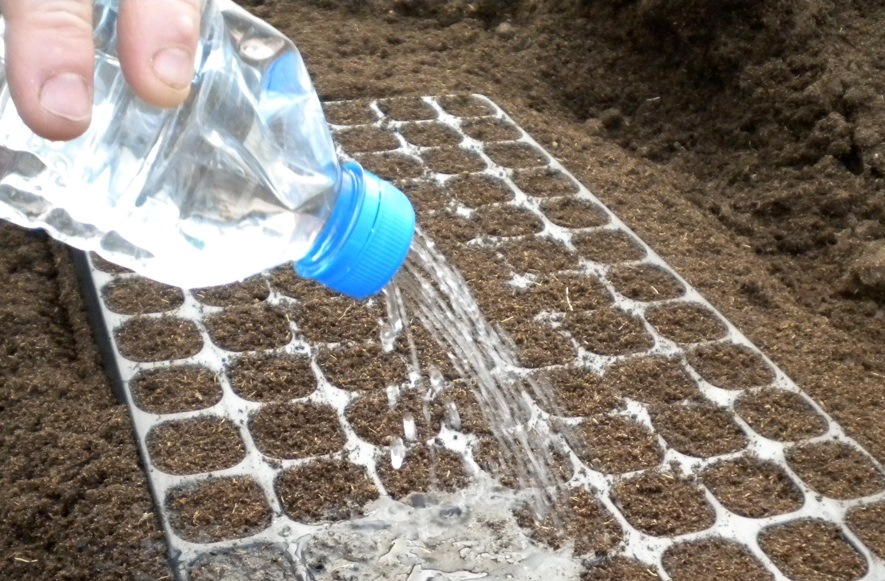 8. Transplanting and move Outdoor: It’s not a good idea to move your seedlings directly from the protected environment of your home into the garden. Before transplantation we need to ‘Hardening off’ is a process in which you slowly expose your plants to the fluctuating temperature and weather conditions outdoors, so that they don’t suffer from transplant shock. Start this process two weeks before the outdoor planting date appropriate for your plant. place them in a protected spot outdoors (partially shaded) for a few hours, bringing them in at night. Gradually expose them to more and more sunshine and wind.
8. Transplanting and move Outdoor: It’s not a good idea to move your seedlings directly from the protected environment of your home into the garden. Before transplantation we need to ‘Hardening off’ is a process in which you slowly expose your plants to the fluctuating temperature and weather conditions outdoors, so that they don’t suffer from transplant shock. Start this process two weeks before the outdoor planting date appropriate for your plant. place them in a protected spot outdoors (partially shaded) for a few hours, bringing them in at night. Gradually expose them to more and more sunshine and wind. 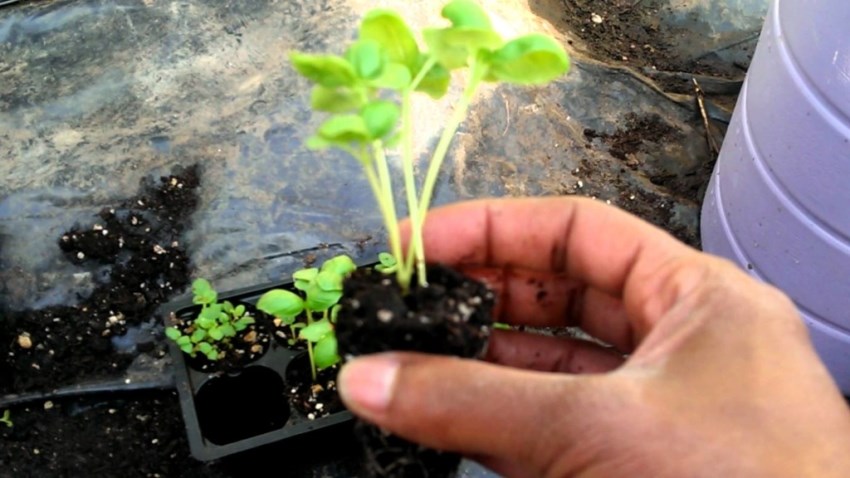
Before start, we need to know what to sow in summer, even in mid summer. there are many vegetables for grow, some easy to grow vegetables from seeds by starting your own.
10 easy to grow vegetables in summer season…
here we are discussing 10 vegetables, which we can grow easily from seeds.
1. Tomato: The tomato is the edible fruit of Solanum lycopersicum, commonly known as a tomato plant, which belongs to the nightshade family, Solanaceae.
2. Bottle Gourd: Bottle gourd is a vegetable high on water and is a rich source of vitamin C, K and calcium. It helps in maintaining a healthy heart and brings down bad cholesterol levels.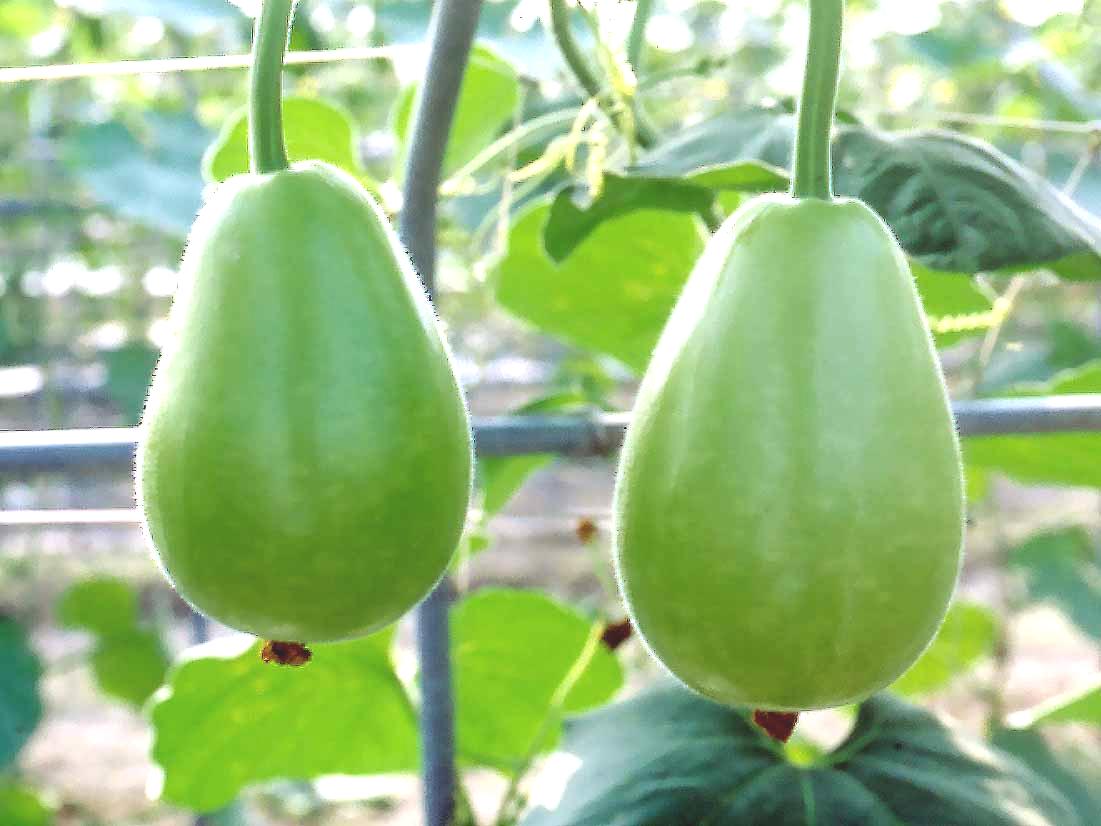 Buy Bottle Guard Seeds >>
Buy Bottle Guard Seeds >>
3. Cucumber: Cucumber is a widely cultivated plant in the gourd family, Cucurbitaceae. It is a creeping vine that bears cucumiform fruits that are used as vegetables. There are three main varieties of cucumber: slicing, pickling, and seedless.
4. Okra: Okra or okro, known in many English-speaking countries as ladies’ fingers, ochro or gumbo, is a flowering plant in the mallow family. It is valued for its edible green seed pods.
5. Spinach: Spinach is an edible flowering plant in the family Amaranthaceae native to central and western Asia. Its leaves are eaten as a vegetable. It is an annual plant growing to 30 cm tall.
6. Lettuce: Lettuce is an annual plant of the daisy family, Asteraceae. It is most often grown as a leaf vegetable, but sometimes for its stem and seeds.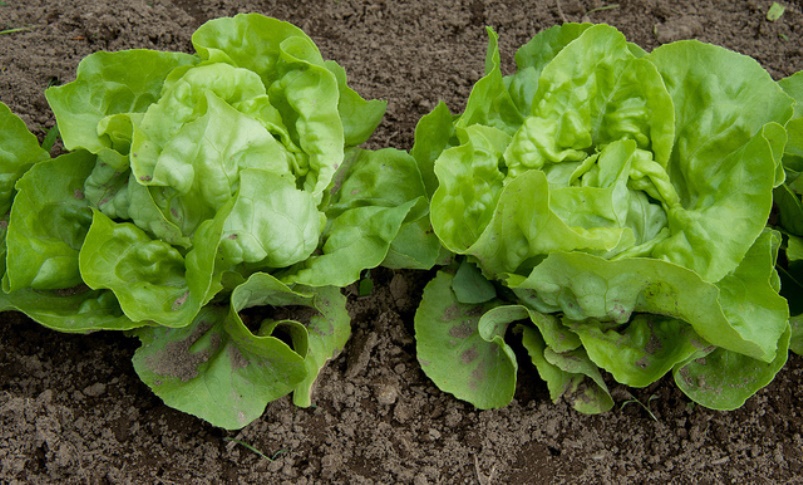 Buy Lettuce Seeds >>
Buy Lettuce Seeds >>
7. Brinjal: Eggplant or aubergine, is a species of nightshade, Solanum melongena, grown for its edible fruit. Eggplant is the common name in North America and Australia, but British English uses the French word aubergine. 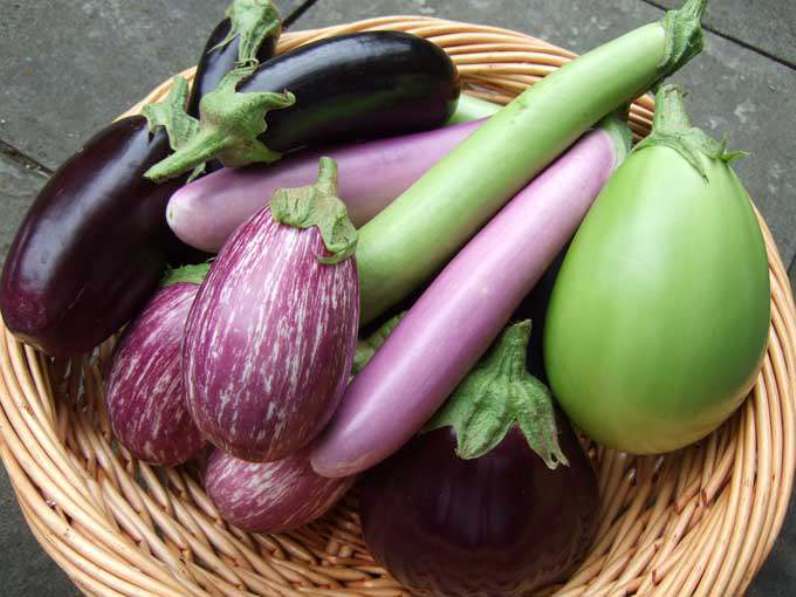 Buy Brinjal Seeds >>
Buy Brinjal Seeds >>
8. Pumpkin: A pumpkin is a cultivar of a squash plant, most commonly of Cucurbita pepo, that is round, with smooth, slightly ribbed skin, and deep yellow to orange coloration. The thick shell contains the seeds and pulp.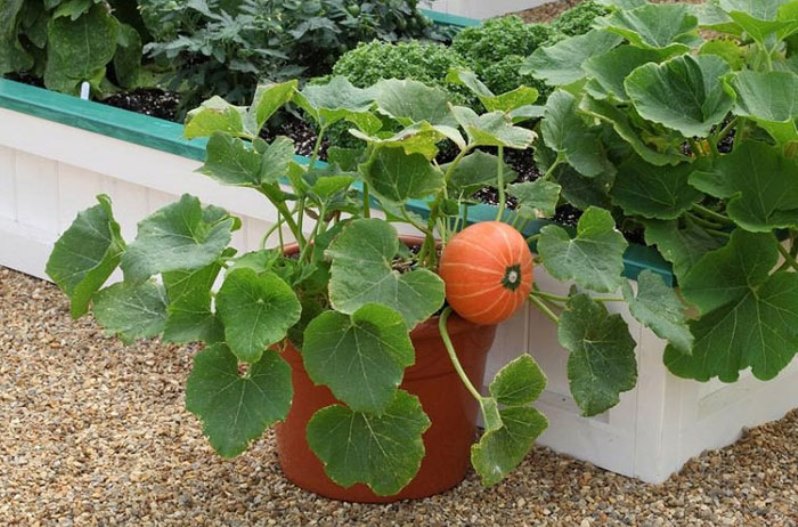 Buy Pumpkin Seeds >>
Buy Pumpkin Seeds >>
9. Chilli : Chilies are one of the most wonderful plants to grow, because they come in such a wide variety of colours, sizes, tastes, and spice-levels. Chilies can be either an annual (must be replanted each year) or a perennial.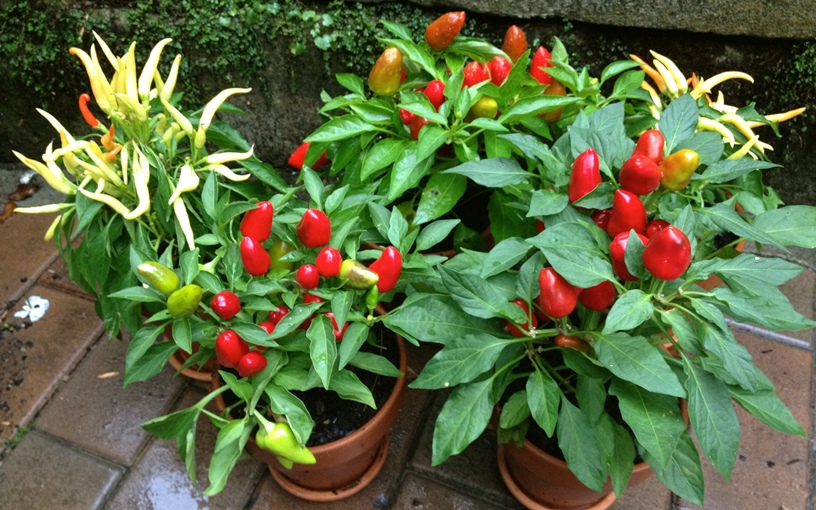 Buy Chilli Seeds >>
Buy Chilli Seeds >>
10. Radish: The radish is an edible root vegetable of the Brassicaceae family that was domesticated in Europe in pre-Roman times. Radishes are grown and consumed throughout the world, being mostly eaten raw as a crunchy salad vegetable.

